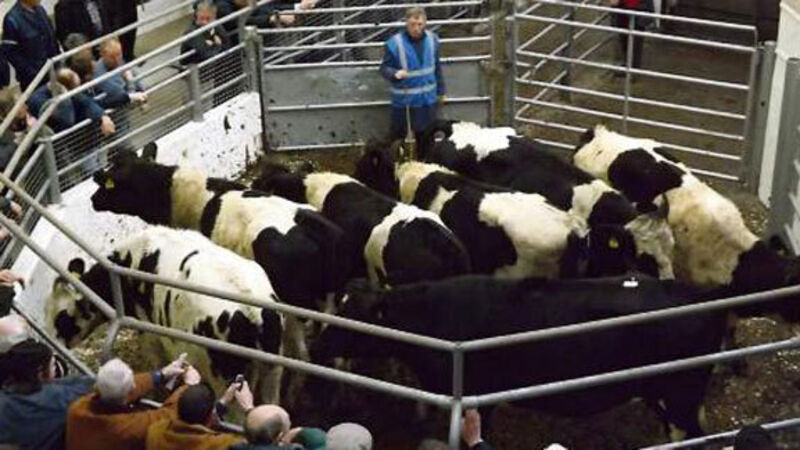Autumn calving suckler herds likely to need silage of 70 DMD or above

Cows in negative energy show poorer signs of heat, have shorter heats, and don’t go in calf as easy.
Suckler cow nutrition
Try from €1.50 / week
SUBSCRIBECows in negative energy show poorer signs of heat, have shorter heats, and don’t go in calf as easy.
Suckler cow nutrition
Already a subscriber? Sign in
You have reached your article limit.
Annual €130 €80
Best value
Monthly €12€6 / month
Introductory offers for new customers. Annual billed once for first year. Renews at €130. Monthly initial discount (first 3 months) billed monthly, then €12 a month. Ts&Cs apply.
Newsletter
Keep up-to-date with all the latest developments in Farming with our weekly newsletter.
Newsletter
Keep up-to-date with all the latest developments in Farming with our weekly newsletter.
Newsletter
Sign up to the best reads of the week from irishexaminer.com selected just for you.
Newsletter
Keep up with stories of the day with our lunchtime news wrap and important breaking news alerts.
Friday, December 19, 2025 - 11:00 AM
Friday, December 19, 2025 - 1:00 PM
Friday, December 19, 2025 - 7:00 AM
© Examiner Echo Group Limited